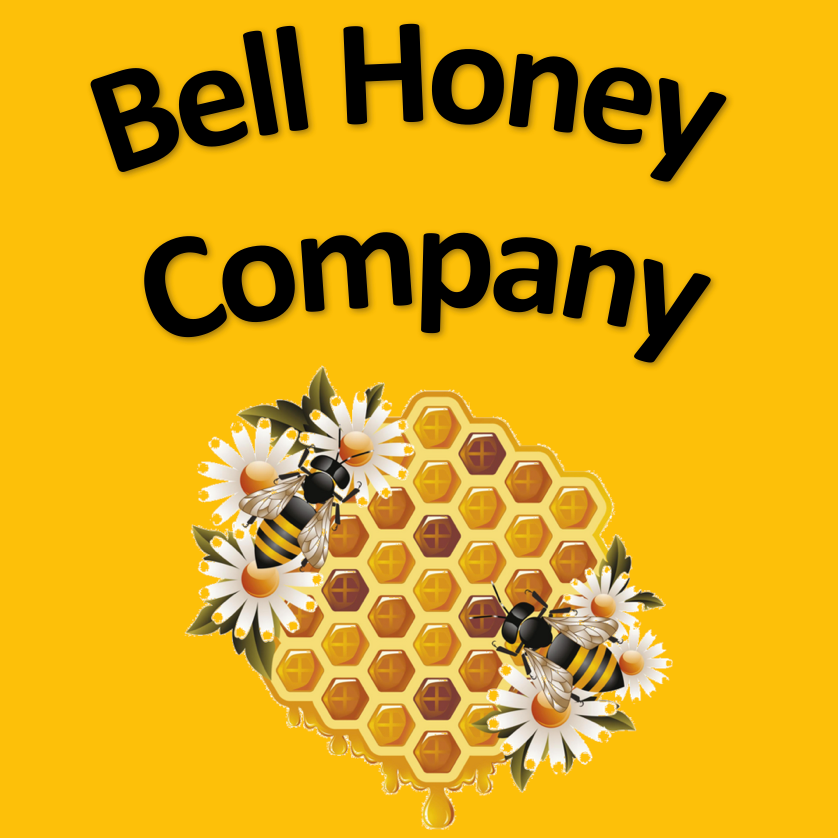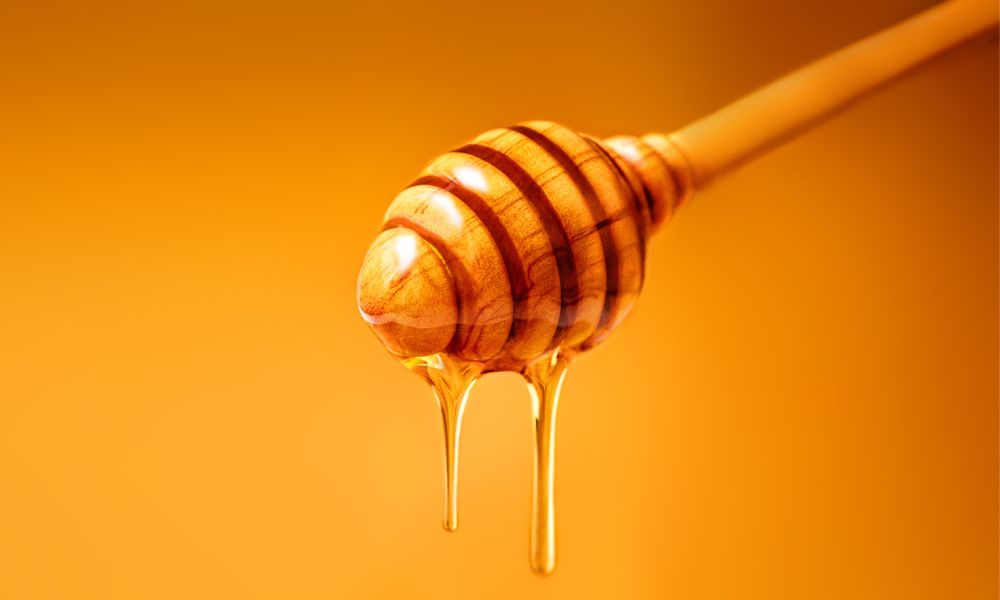Honey has long been a staple in our diets and our pantries. Whether drizzled over oatmeal, added to a cup of tea, or used to sweeten baked goods, honey is a delicious and versatile ingredient. But with so many varieties of honey available, it can be tough to know which one to choose. Among the most popular types of honey are clover and wildflower honey, each with its own series of characteristics. We’ll examine the differences between clover and wildflower honey so that you can decide for yourself which one is right for you.
Why It’s Important To Identify the Two Types of Honey
Contrary to popular belief, not all honey has the same core properties. In fact, honey can look, taste, and feel entirely different based on what plants the bees derive their pollen from. With new flora comes a unique set of properties that transfer into the honey the bees go on to create. When you choose one type of honey over another, you could be getting an entirely new experience from what you’re used to. Because of this, being able to identify the differences between clover and wildflower honey will ensure you know exactly which one to pick to coincide with your personal taste preferences.
A Brief Comparison of Clover and Wildflower Honey
Now that you know the importance of being as informed as possible, lets break down what makes up both clover and wildflower honey. Clover honey is made using the nectar of clover flowers. This honey is light in color and has a mild, floral flavor. It’s one of the most widely available types of honey and is a popular sweetener in tea, coffee, baked goods, and salad dressings.
Wildflower honey, on the other hand, comes from the nectar of various flowers, not just clover. Because of this, wildflower honey can vary in flavor and color depending on the flowers in the area where the beekeepers harvested it. This honey is darker and richer in flavor than clover honey. It’s great as a spread on toast or bread, glazes for meats and vegetables, or a natural sweetener in marinades.
The Core Differences Between Them
To really see the differences between clover and wildflower honey, we need to dive a bit deeper into several characteristics. Ultimately, you won’t know which one you like until you try both. However, knowing these details outright will still ensure you can make an informed decision. Here’s what you need to know.
Honey Texture
One major difference between the two types of honey is their texture. Clover honey is typically smoother with a runnier consistency, while wildflower honey is more likely to be thick and crystallized. This is because wildflower honey contains more pollen and other natural particles than clover honey, which can cause it to appear opaque.
Place of Origin
Another key variance between these honeys is their origin. Clover honey often comes from the United States and Canada, where clover flowers are abundant. Wildflower honey, however, can come from any area where there are a variety of flowering plants. This means that wildflower honey can come from anywhere in the world, from the plains of Argentina to the forests of Canada.
Overall Flavor
The matter of which honey tastes better really comes down to personal preference. Clover honey has a mild, sweet flavor that is perfect for baking, and wildflower honey has a richer, more complex taste that pairs well with savory dishes. For this reason, consider trying both to determine which you like better for certain meals, drinks, or snacks. Additionally, both types of honey have several health benefits, making them a great addition to any diet. Honey is more than just an effective way to satisfy your sweet tooth!
Where To Find Clover and Wildflower Honey
You can find clover honey in most grocery stores, as it’s widely available and relatively inexpensive. If you are looking for a specific variety of clover honey, such as white clover or crimson clover, you may need to visit a local farmer’s market or specialty store.
Wildflower honey is also sold in grocery stores, but its availability may vary depending on your location. For a wider selection, visit local farmers’ markets, where you can find unique and locally sourced wildflower honey. Online stores can also be a great resource to consider as you broaden your search for higher quality, specialty honey.
Tips for Buying the Right One
Now that you know what makes these honey varieties different from one another, it’s time to shop for your ideal match. It can seem like there’s an infinite number of options on the shelves, but you can narrow them down with the right know-how. When looking for clover or wildflower honey, these are a few things to keep in mind to help you choose the right one.
- Check the label: Most honey will indicate whether it is clover or wildflower on the label, so read carefully and look for key words.
- Look at the color and texture: Clover honey and wildflower honey vary drastically in appearance; you can use your observations to help identify them.
- Consider the source: If you’re looking for a specific variety of clover or wildflower honey, check the label for the source of the honey.
- Ask questions: If you’re buying your honey from a local farmer’s market, you’ll have a unique opportunity to talk to the beekeeper themselves and learn more about each honey.
Not all honey is exactly the same, and the type you choose can have a drastic effect on your experience while using it. Because of this, we encourage you to learn all you can about the wonderful world of honey so that you can go into each transaction as informed as possible.
It’s important to the team at Bell Honey that everyone has the means to acquire the premium honey they need. In addition to selling individual jars for homes, we also specialize in wholesale raw honey orders. Our hardworking bees create a multitude of options for you to explore for your business, whether you’re in need of clover honey, wildflower honey, or something else entirely. Best of all, we only use sustainable beekeeping practices, allowing us to keep our bees healthy and contribute to the world in a much safer way. Shop with us today to buy products directly from beekeepers.


